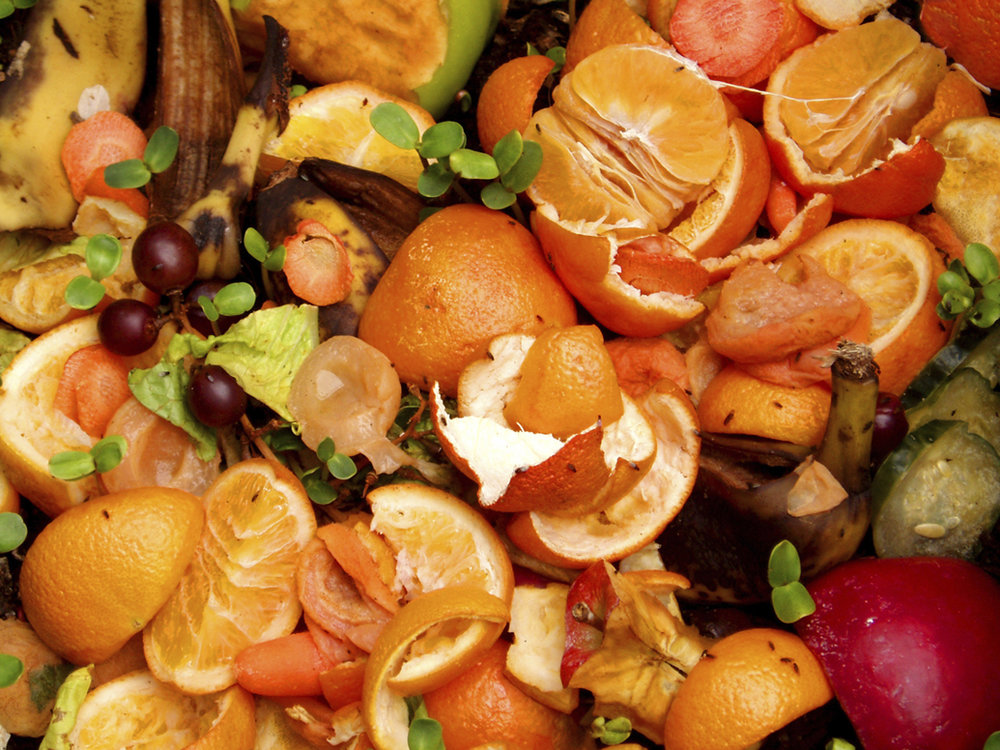Produced and gone straight to waste

TEHRAN — According to the United Nations the current world population of 7.3 billion is expected to reach 8.5 billion by 2030, 9.7 billion in 2050 and 11.2 billion in 2100 and the question is how to produce sufficient food for everyone?
But is it really necessary to produce food for such a growing, dense population? Food and Agriculture Organization of the United Nations (FAO) estimates that each year, approximately one-third of all food produced for human consumption in the world is lost or wasted. This food wastage represents a missed opportunity to improve global food security.
As FAO has reported roughly one third of the food produced in the world for human consumption every year which approximately amount s to 1.3 billion tons gets lost or wasted.
In developing countries there are high levels of what is known as “food loss”, which is unintentional wastage, often due to poor equipment, transportation and infrastructure. In developing countries 40% of losses occur at post-harvest and processing levels.
In wealthy countries, there are low levels of unintentional losses but high levels of “food waste”, which involves food being thrown away by consumers because they have purchased too much, or by retailers who reject food because of exacting aesthetic standards. In industrialized countries more than 40% of losses happen at retail and consumer levels.
Food losses and waste amounts to roughly $680 billion in industrialized countries and $310 billion in developing countries.
It is worth mentioning that fruits and vegetables, plus roots and tubers accounts for the highest wastage rates of any food. Global quantitative food losses and waste per year are roughly 30% for cereals, 40-50% for root crops, fruits and vegetables, 20% for oil seeds, meat and dairy plus 35% for fish.
The reports indicated that per capita waste by consumers is much higher in Europe and North America. Per capita waste by consumers is between 95-115 kg a year in Europe and North America, while consumers in sub-Saharan Africa, south and south-eastern Asia, each throw away only 6-11 kg a year.
Total per capita food production for human consumption is about 900 kg a year in rich countries, almost twice the 460 kg a year produced in the poorest regions.
According to IRNA news agency some 17 million tons of fruit is being produced annually in Iran and sadly some 42 percent of the products would go to waste at harvest level. The amounts of fruit and vegetable waste worth $5 to $8 billion.
Food wastage in Iran
In developing countries food waste and losses occur mainly at early stages of the food value chain and can be traced back to financial, managerial and technical constraints in harvesting techniques as well as storage and cooling facilities.
According to IRNA news agency some 17 million tons of fruit is being produced annually in Iran and sadly some 42 percent of the products would go to waste at harvest level. The amounts of fruit and vegetable waste worth $5 to $8 billion.
Deputy agriculture minister Abbas Keshavarz announced on Tuesday that some 9 billion cubic meters of water is being wasted on food wastage in agriculture sector alone.
This is while Iran, relocated in an arid and semi-arid region, is suffering from water scarcity as well.
Strengthening the supply chain through the direct support of farmers and investments in infrastructure, transportation, as well as in an expansion of the food and packaging industry could help to reduce the amount of food loss and waste.
In medium- and high-income countries food is wasted and lost mainly at later stages in the supply chain. Differing from the situation in developing countries, the behavior of consumers plays a huge part in industrialized countries.
Facts about food wastage
The food currently lost or wasted in Latin America could feed 300 million people.
The food currently wasted in Europe could feed 200 million people.
The food currently lost in Africa could feed 300 million people.
Saving only one-fourth of the food currently lost or wasted globally would be enough to feed 870 million hungry people in the world.
In general food loss and waste also amount to a major squandering of resources, including water, land, energy, labor and capital and needlessly produce greenhouse gas emissions, contributing to global warming and climate change.
Food loss and waste also has a significant impact on the environment. The carbon footprint of wasted food is estimated at 3.3 gigatons. In fact, if food waste were a country, it would rank behind only the U.S. and China for greenhouse gas emissions. The production of wasted food also uses around 1.4 billion hectares of land – 28% of the world’s agricultural area. A huge amount of surface or groundwater – known as “blue water” – is also lost; about 250km3, more than 38 times the blue-water footprint of U.S. households.
MQ/MG

Leave a Comment